Renaissance.exe — Chapter I
by Carlo Borloni
Art history is cyclical: a continuous act of appropriation, translation, and metamorphosis. Every era has looked back not merely to inherit but to rewrite. In this process, the Renaissance has always stood as a foundational matrix, a threshold that redefined humanity’s relationship to the divine, to knowledge, to power. With Renaissance.exe — Chapter I, Mrc arte confronts this legacy in a radically contemporary key, transposing the sacred images of Italian tradition into a new symbolic and technological horizon.
The very title reveals the operation at play: a “.exe” that recalls the language of executable files, suggesting that the Renaissance is not only a period to be contemplated but a code to be reactivated, compiled anew. This is not simple quotation, nor sterile appropriation: it is a digital architecture that borrows familiar icons only to project them into the languages of modernity, myth, market, protocol. A rewriting that preserves aura yet bends it toward an imaginary where the ancient coexists with the algorithmic.
The strength of this collection lies in its productive ambiguity: on one hand, we immediately recognize the images, Medusa, the Lady with the Ermine, the Last Supper, the Crucifixion, the Creation of Adam, and on the other, their refraction disorients us, opening new spaces for interpretation. Familiarity becomes a terrain of collision, where collective imagery is disturbed, unsettled, and reactivated.
In Fatal Gaze, Medusa is no longer the victim of patriarchal myth but a figure of power. The serpents do not petrify but burn, transformed into living weapons of seduction and threat. The work restores dignity to a female symbol long trapped in condemnation, revealing instead her capacity to embody lethal and eternal beauty.
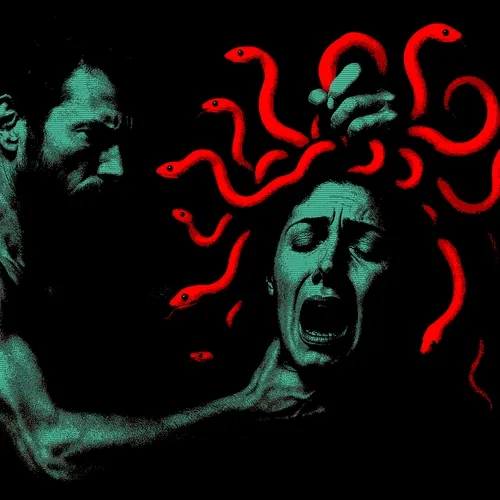
Fatal Gaze, MRC Arte
With Madonna del Toro, Leonardo’s Lady with the Ermine is reinterpreted through the substitution of the animal with a crimson bull. No longer innocence and purity, but force, speculation, and the restless energy of markets. The composure of the woman contrasts with the agitation of the beast, materializing the tension between grace and ambition, devotion and power. Here, Renaissance refinement collides with the language of finance, where the sacred meets the logic of speculation.
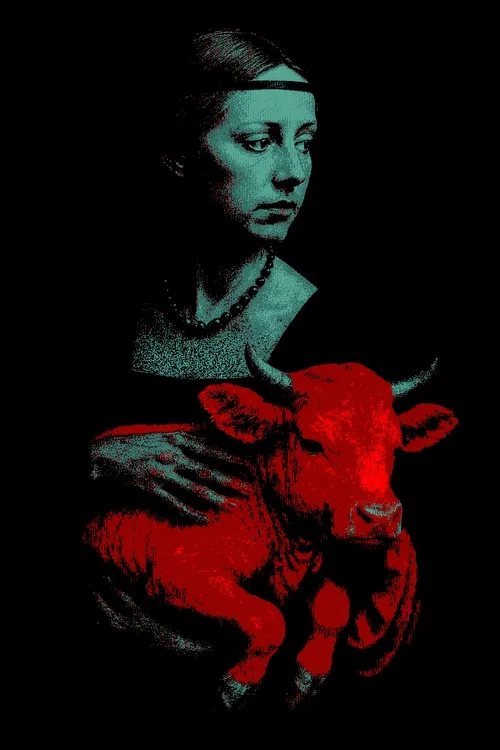
Madonna del Toro, MRC Arte
Error 404: Salvation Not Found is perhaps the most enigmatic work: the Crucifixion becomes a digital error message, a void that erases redemption. The anonymity of the suspended body reflects a contemporary condition in which faith confronts silence and absence, in which new technological religions remain invisible and unresolved. A disturbing image, it questions humanity’s need for transcendence in an age of distributed systems and fragmented truths.
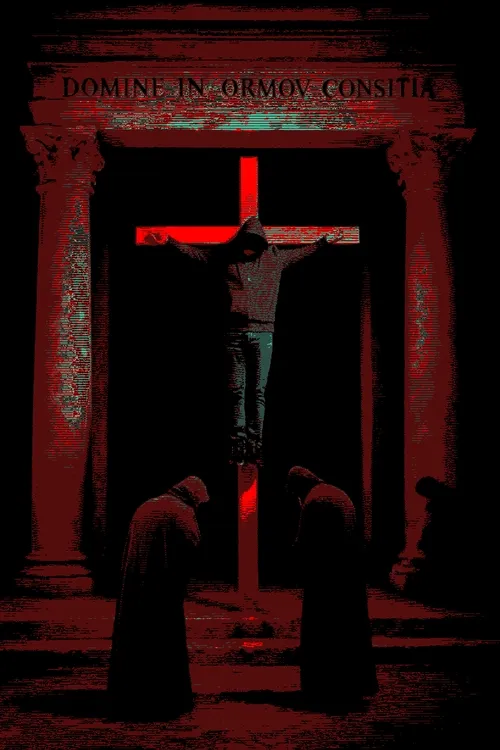
Error 404: Salvation Not Found, MRC Arte
In Severance, decapitation is not simply violence but the passage of power: the severed head becomes allegory of transition, of endings and foundations, of one order collapsing as another emerges. The Renaissance’s devotion to the divine here bends toward the political, reminding us that power has always been a cyclical, shifting construct.
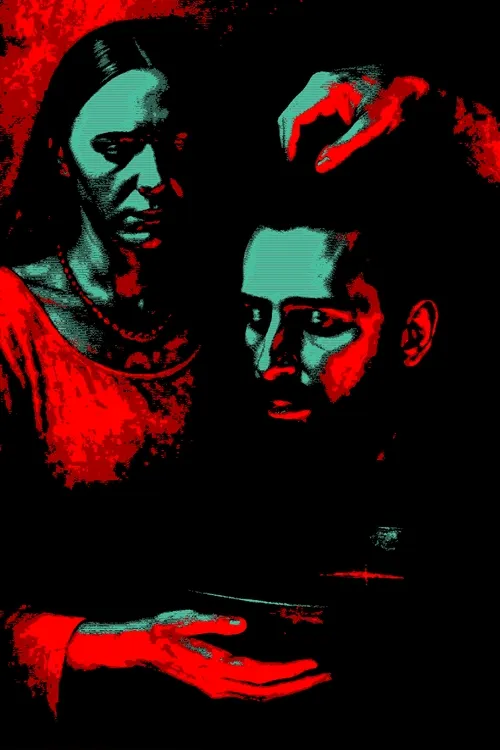
Severance, MRC Arte
The Banquet of Shadows reimagines the Last Supper: not a sacred meal, but a secret gathering, a cabal where no blessing is given, no salvation promised. Twelve figures sit in silence, their gestures heavy with hidden influence. Familiar iconography is rewritten as the drama of modernity, echoing both religious and political ambiguity as well as the covert dynamics of digital elites.
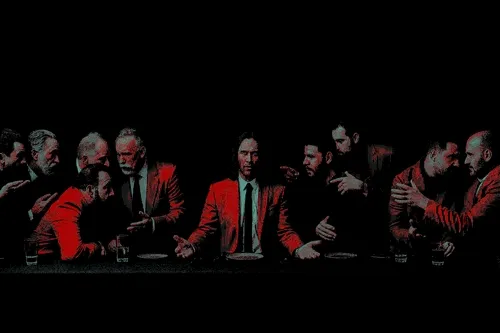
Banquet of Shadows, MRC Arte
Four Origins expands Michelangelo’s vision of creation: the hands that meet across the void are no longer only God’s and Adam’s but four presences, human, skeletal, mechanical, alien. The creative act becomes a polyphony of origins and destinies, acknowledging that existence is shaped by multiple forces: life and death, nature and machine, human and unknown.
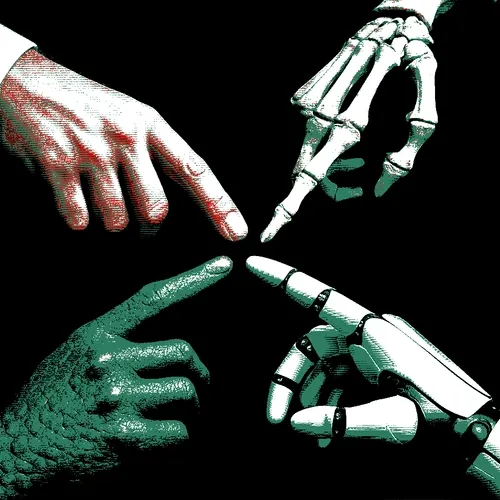
Four Origins, MRC Arte
In Dual Devotion, angel and demon kneel together, mirroring each other in silence. No triumph, no defeat: only the fragile possibility of balance. The eternal struggle between good and evil is refracted into coexistence, suggesting a spirituality more complex and ambivalent, where contradiction itself becomes foundation.
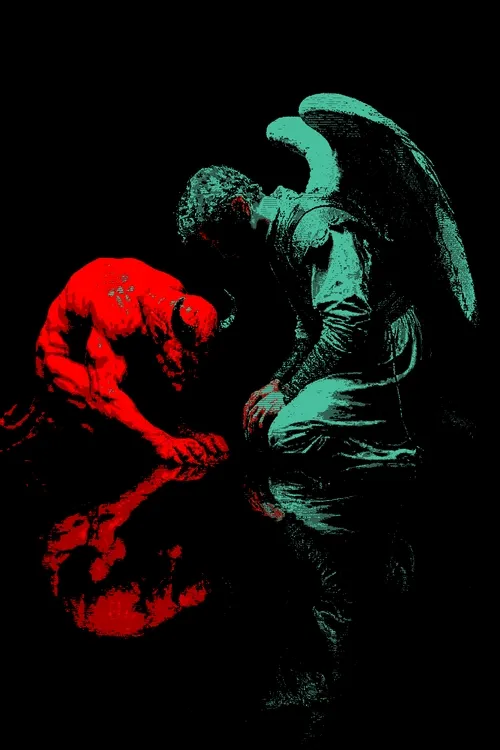
Dual Devotion, MRC Arte
The series closes with Ascension Protocol, where the keys of Saint Peter become five crimson symbols floating just beyond reach. Heaven is no longer unlocked by faith, but by cryptographic logic. The sacred turns into a system of access, transcendence mediated by digital thresholds. It is a powerful image, reflecting humanity’s desire to surpass limits, now inscribed within networks, systems, and codes.
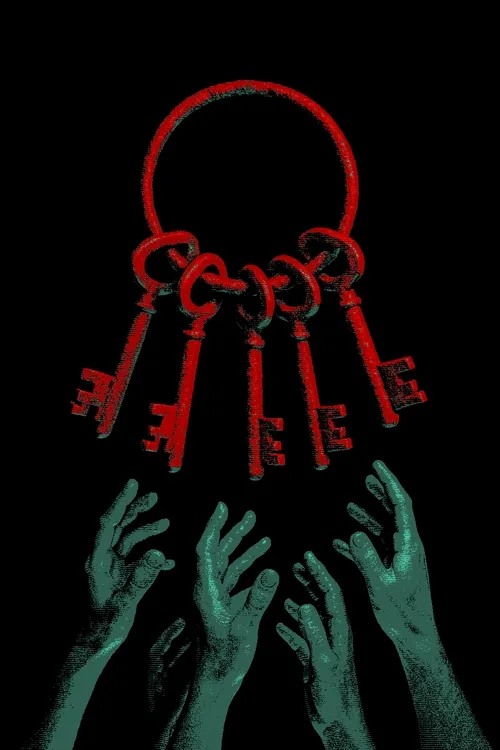
Ascension Protocol, MRC Arte
Together, these works form a cycle of reflections on power, faith, death, and rebirth. Renaissance.exe — Chapter I is not a nostalgic return to the past but a visionary rewriting. The Renaissance is treated not as relic but as software: a living code that can be executed again and again, generating new meanings in each iteration.
In the collision of the ancient and the digital, Mrc arte shows us that eternity is never fixed but always in transformation. Every era compiles its own Renaissance; ours, inevitably, runs through the algorithm, the language of networks, and the myths still waiting to be written.
Sign up for our newsletter to keep up with the latest news from NINFA
Sign up for our newsletter to keep up with the latest news from NINFA
Write us at: info@ninfa.io, or click here if you need support
Copyright © 2025 Ninfa Labs - 12094240962 - All rights reserved

